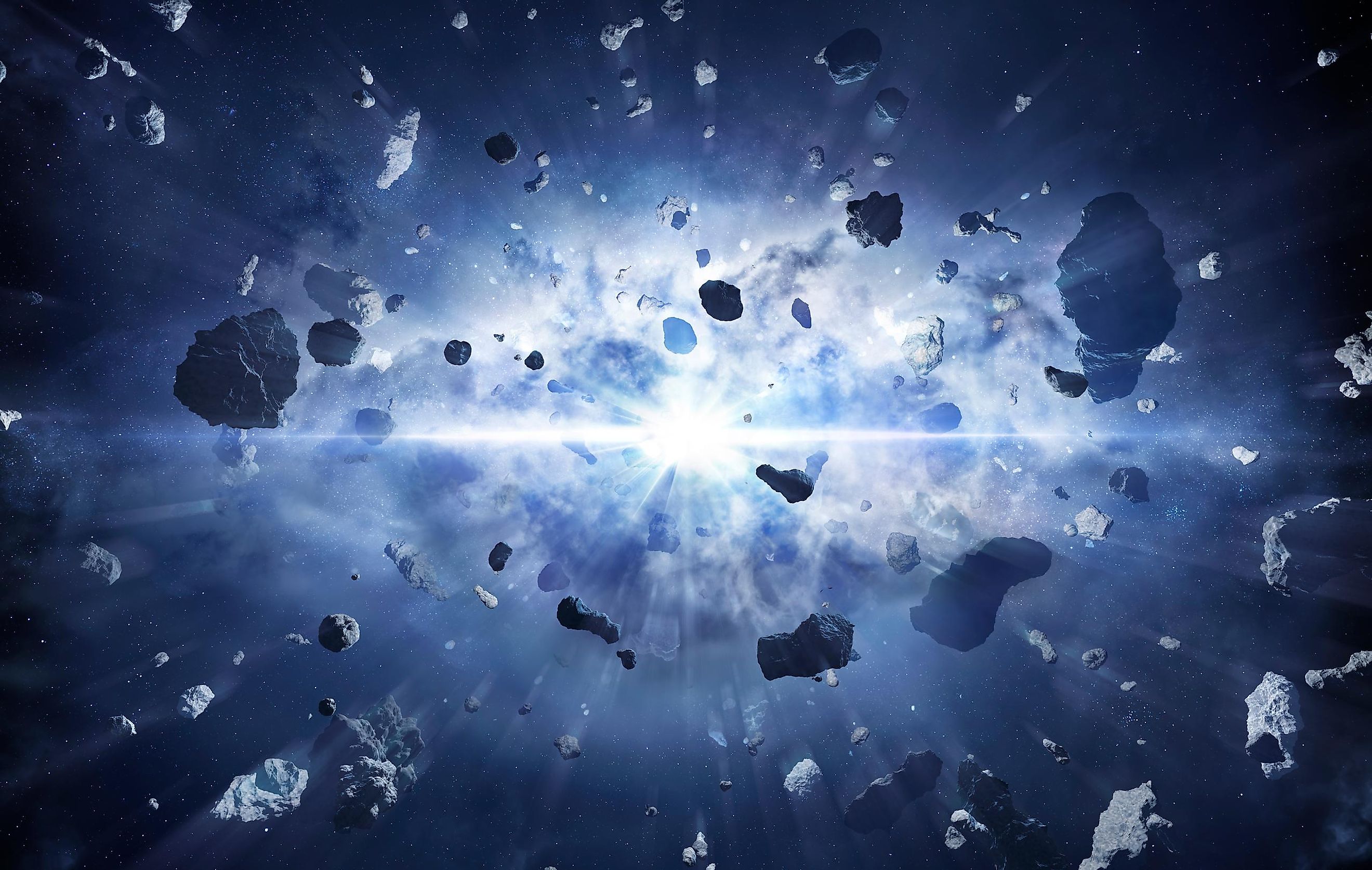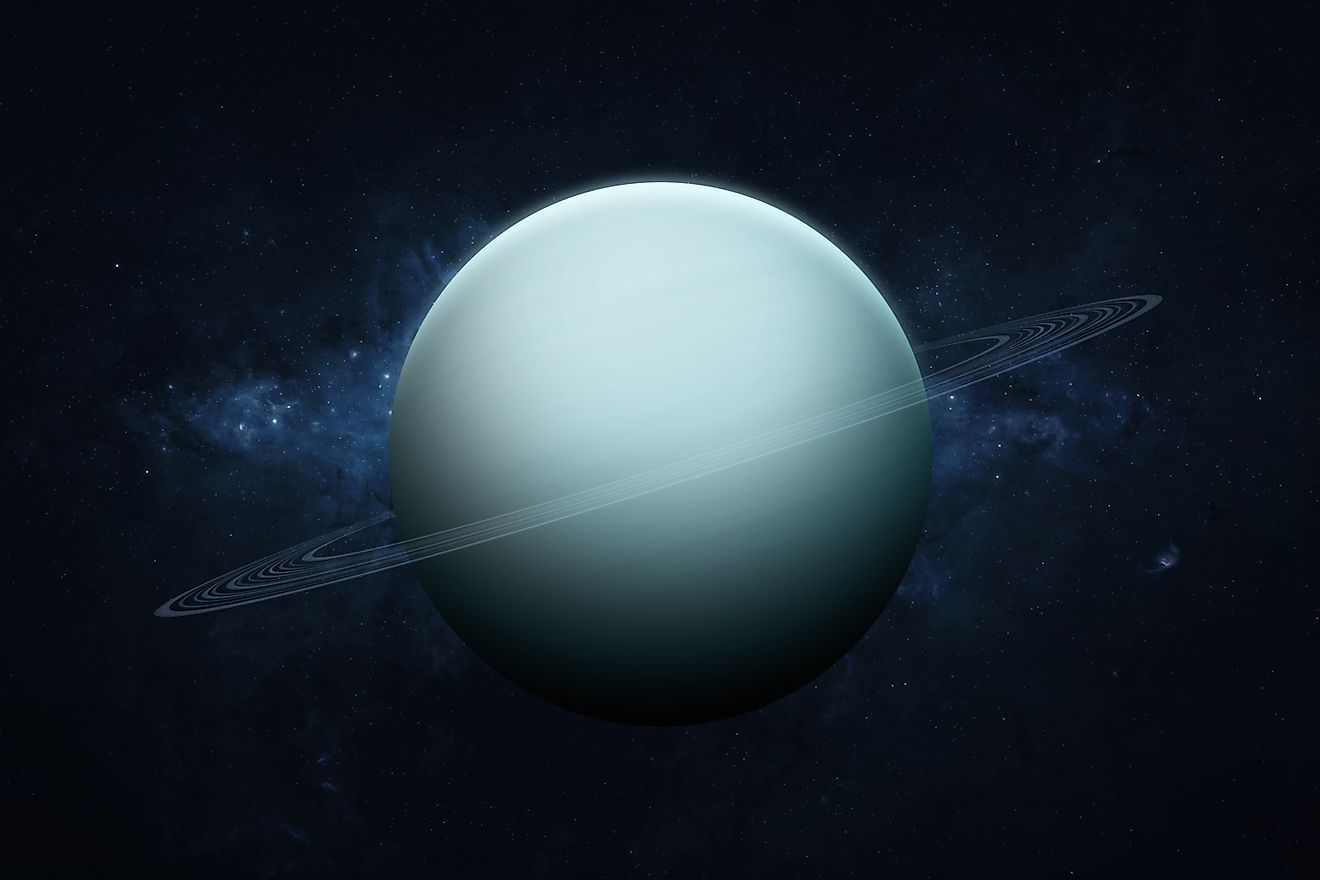
The Echo Of The Big Bang
The Big Bang is a scientific model that describes the very earliest moments of the universe. Around 13.8 billion years ago, the universe burst into existence. Evidence for the Big Bang can be found across the cosmos, the strongest of which is called the Cosmic Microwave Background Radiation (CMBR). The CMBR can be thought of as the echo of the Big Bang; radiation emitted during the Big Bang that can be seen with telescopes. The CMBR is an image of the universe when it was a mere 380,000 years old. It is an image of the universe prior to the formation of stars and galaxies, representing the earliest moments we can physically see. What is the CMBR and why is it so important?
The Universe After the Big Bang

For the first 380,000 years after the Big Bang, the universe was far different than the one we inhabit. Temperatures in the early universe were far too hot for atoms to form, and instead, particles moved freely through space. Temperatures were simply too hot for protons, neutrons, and electrons to come together and form atoms. The universe was filled with a dense, super-heated fog. As time went on and the universe expanded, things started to get colder. As soon as temperatures dropped low enough, protons and neutrons began to capture electrons. This had a remarkable impact on the universe. Prior to the formation of atoms, particles of light (photons) were constantly bouncing off other particles. Light could not escape the fog of the early universe, yet once atoms began to form, photons could traverse the cosmos. These photons became the CMBR. Thus, the CMBR is the earliest light in the universe to break free and begin its journey across the universe. When we look at images of the CMBR, we are seeing light that started its journey a staggering 13.8 billion years ago.
Characteristics Of The CMBR

Images of the CMBR may look like nothing more than a fuzzy assortment of colors. The different colors are actually the most essential characteristic of the CMBR. Different colors represent regions of varying temperature and density. Interestingly, these regions of varying density posed somewhat of a mystery for astronomers. For the most part, the early universe was entirely uniform. Every region of the cosmos was virtually identical to every other area. However, this uniformity was broken very early in the universe’s history. As soon as the universe came into existence, a moment of rapid expansion took place known as inflation. At this moment, the universe expanded its volume faster than it has expanded since that time. This rapid expansion rate broke the uniformity of the early universe and resulted in the tiny differences observed in the CMBR. Throughout many millions of years, regions of higher density began bringing in more material and becoming even denser. It was in these high-density regions that the first galaxies and galaxy clusters formed. If it were not for these tiny variations in density billions of years ago, stars and galaxies would have never formed, and we would not be here today to study the earliest moments of the cosmos.











